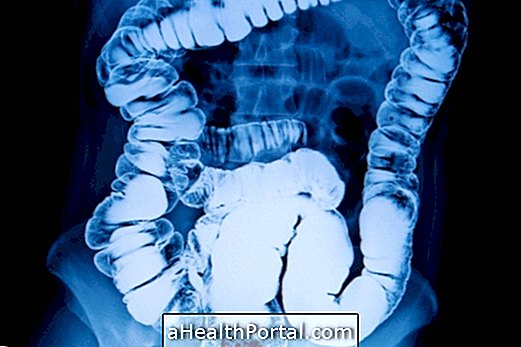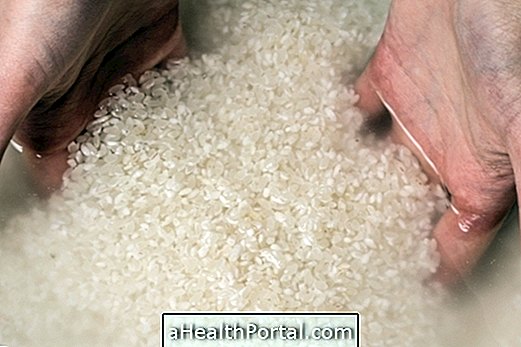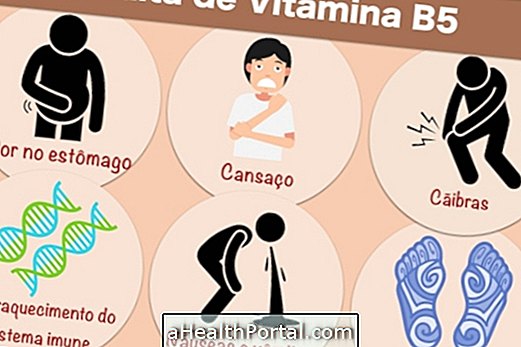The knot in the intestine, known as a torsion, or a volvulus, is a serious problem in which there is twisting of part of the intestine, causing its obstruction and preventing passage of feces and blood flow to the site, which can cause death of the affected region.
This change can happen anywhere in the gut, although it is more common in the late part of the large intestine, and usually causes symptoms such as nausea, vomiting, abdominal pain, constipation, and abdominal bloating.
Intestinal volvulus arises mainly in children and the elderly due to causes such as congenital changes in the shape of the intestine, intestinal tumors or adhesions caused after surgeries or inflammations, for example. If this problem is suspected, it is advisable to go immediately to the hospital for tests that can identify the problem and begin treatment, which is usually done with surgery.

Main symptoms
The main symptoms of intestinal volvulus are related mainly to obstruction caused in the intestine, and include:
- Colic type abdominal pain;
- Nausea and vomiting;
- Inability to eliminate feces or gases;
- Swelling of the belly;
- Dizziness;
- Fever.
The intensity and amount of symptoms depends on the location of the torsion and the size of the affected region, with intense abdominal inflammation, worsening over time and, if not quickly identified and treated, can put a person's life at risk.
What can cause the torsion
It is not always possible to identify the cause of this problem, however, the most common are:
- Genetic changes in bowel shape;
- Intestinal adhesions caused by abdominal surgery or infection;
- Tumor in the intestine;
- Chronic constipation.
In addition, people suffering from intestinal transit dysfunctions, whether accelerated or slowed down, are at increased risk of developing this change. In this way, some ways to avoid the onset of a twist include drinking about 2 liters of water a day, maintaining a healthy diet and doing regular exercise as these are ways to keep the bowel habit regularized.

How to confirm the diagnosis
The intestinal volvo can be confirmed through medical evaluation in conjunction with some tests such as abdominal radiography or computed tomography of the abdomen.
In addition, the doctor may also order an opaque enema, which is a specific test that uses contrast to observe the entire course of the intestine and identify possible problems in the intestinal tract, as in these cases. Understand how this exam works.
How is the treatment done?
The intestinal node is a medical emergency, and should be treated quickly in the hospital. The most commonly used form of treatment is a surgical procedure called decompressive colonoscopy, which can undo the torsion and allow blood and stool to pass normally again.
But in more severe cases where the twisting is difficult to undo or the bowel has suffered a heart attack due to lack of blood, the doctor may choose to have a classic surgery with a cut in the belly to remove the part of the organ that is dying .
In these cases, if the removed portion is too large, it may be necessary to have a colostomy, which consists of a permanent connection of the intestine to the skin of the belly to allow the excretion of feces. See what it is and how to take care of a colostomy.





















